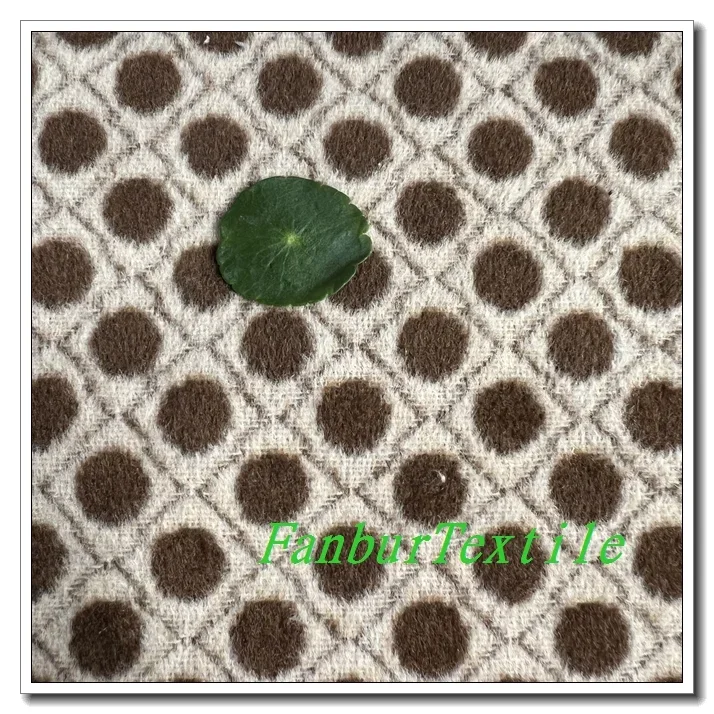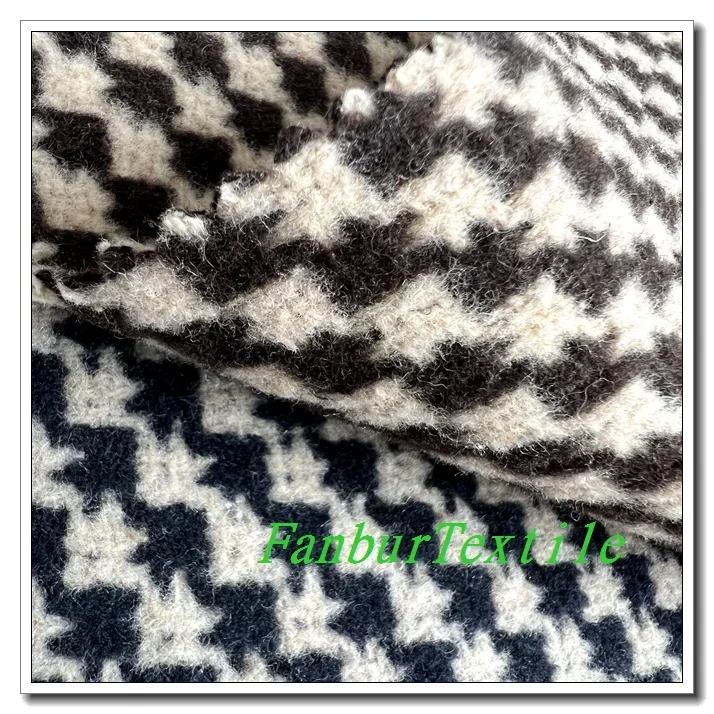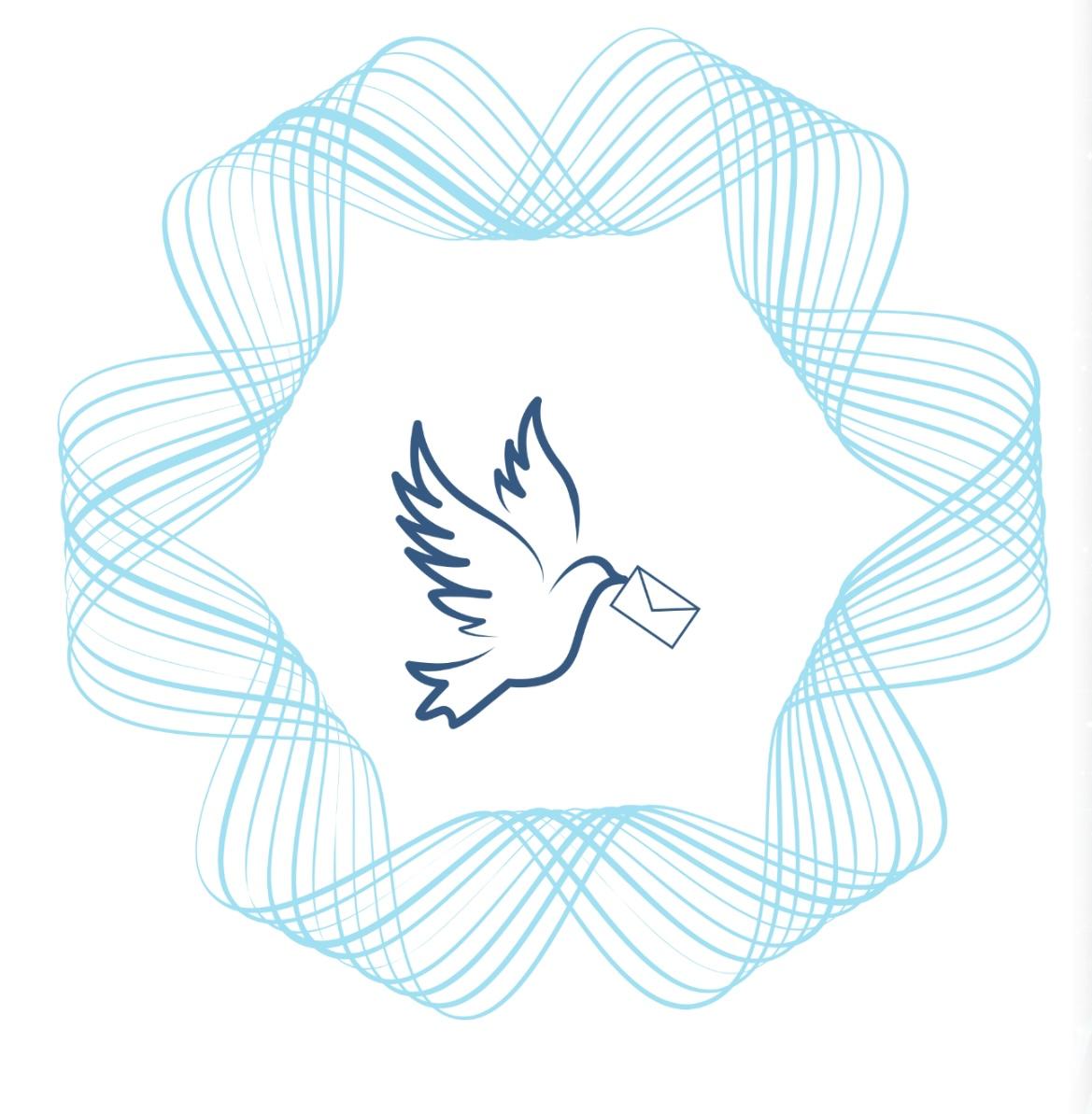When it comes to textiles, the process of coloring fabrics plays a vital role in determining their appearance and characteristics. Yarn dyed fabric and printed fabric are two commonly used methods to add color to textiles. Understanding the difference between these two techniques is essential for textile manufacturers and consumers alike. In this blog post, we will explore the distinctions between yarn dyed fabric and printed fabric, highlighting their production processes, visual effects, durability, and versatility. Fanbur, a renowned textile company, recognizes the importance of these techniques and offers a wide range of high-quality fabrics using both yarn dyeing and printing methods.
Yarn Dyed Fabric
Yarn dyed fabric is produced by dyeing the individual yarns before they are woven into fabric. In this process, the yarns are immersed in dye baths, allowing the color to penetrate deep into the fibers. The yarns are then dried and woven to create the final fabric. Yarn dyed fabrics can be further categorized into two types: solid dyed and yarn-dyed plaids or stripes.
1.Solid Dyed Yarns:
In solid dyed yarns, the entire yarn is dyed in a single, uniform color. This method produces fabrics with a consistent color throughout, giving them a rich and vibrant appearance. Solid dyed yarns are commonly used in a wide range of applications, including apparel, home furnishings, and upholstery. Fanbur offers a variety of solid dyed yarn fabrics in their collection, allowing customers to choose from an extensive color palette.
2.Yarn-Dyed Plaids or Stripes:
Yarn-dyed plaids or stripes involve dyeing specific sections of the yarn in multiple colors, creating intricate patterns. These patterns are then woven together to produce fabrics with distinctive designs, such as plaids, checks, or stripes. Yarn-dyed plaids or stripes are widely used in shirts, dresses, and home décor items. Fanbur's expertise in yarn-dyeing ensures that their fabrics with plaids or stripes have precise and well-defined patterns, adding a touch of elegance to the final product.

Printed Fabric
Printed fabric, as the name suggests, involves applying color to the fabric's surface using various printing techniques. The process typically involves transferring colorants onto the fabric using engraved plates, screens, or digital printing methods. Printed fabrics can be further classified into two types: screen printing and digital printing.
1.Screen Printing:
Screen printing is a traditional method of printing on fabric, where a mesh screen with a stencil of the desired design is used. Ink is forced through the screen onto the fabric, creating the pattern. Screen printing allows for precise and detailed designs, making it suitable for intricate patterns and large-scale production. Fanbur utilizes screen printing techniques to create fabrics with elaborate designs, ensuring high-quality prints that withstand multiple washes.
2.Digital Printing:
Digital printing is a modern technique that involves printing the desired design directly onto the fabric using inkjet technology. This method offers high-resolution prints, allowing for intricate details and a wide range of colors. Digital printing is highly versatile and suitable for small-batch production or customization. Fanbur's digital printing capabilities enable them to provide fabrics with vibrant and complex designs, catering to the individual needs and preferences of their customers.
Differences Between Yarn Dyed Fabric and Printed Fabric
Now that we understand the production processes of both yarn dyed fabric and printed fabric, let's explore the key differences between the two techniques.
1.Visual Effects:
Yarn dyed fabric creates color that penetrates the entire yarn, resulting in a vibrant and consistent color throughout the fabric. On the other hand, printed fabric applies color only to the surface of the fabric, resulting in a design or pattern on top of the base fabric. Yarn dyed fabric offers a more textured and three-dimensional appearance, while printed fabric provides a flat, two-dimensional design.
2.Durability:
Yarn dyed fabric tends to be more durable compared to printed fabric. Since the color is embedded within the yarn, it is less prone to fading or washing out over time. In contrast, printed fabric may experience some color loss or fading, especially after multiple washes. Fanbur's yarn dyed fabrics are known for their longevity and ability to retain their vibrant colors, making them ideal for applications that require durability.
3.Versatility:
Both yarn dyed fabric and printed fabric offer their unique advantages in terms of versatility. Yarn dyed fabric is versatile in terms of design flexibility, as it allows for the creation of complex patterns and designs within the fabric itself. On the other hand, printed fabric offers versatility in terms of design options, allowing for intricate and customizable prints. Fanbur's diverse collection of yarn dyed and printed fabrics caters to a wide range of design preferences and applications.

Conclusion
In conclusion, yarn dyed fabric and printed fabric are two distinct methods of adding color to textiles. Yarn dyed fabric involves dyeing the individualyarns before weaving, resulting in vibrant and durable fabrics. Printed fabric, on the other hand, applies color to the surface of the fabric using various printing techniques, offering versatile design options. Fanbur recognizes the importance of both yarn dyeing and printing methods and provides a diverse range of fabrics that cater to different design preferences and applications. Whether it's the rich and consistent colors of yarn-dyed fabrics or the intricate and customizable prints of printed fabrics, Fanbur ensures high-quality textiles that meet the needs of their customers.
